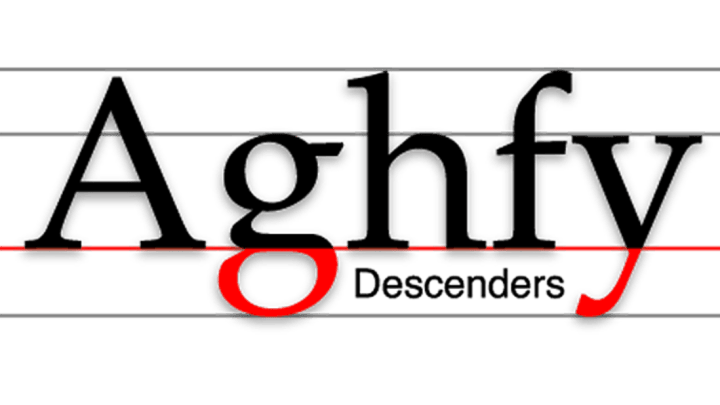If you love design and you love words, chances are you get excited about a well-designed font. Here are a handful of terms to get you started as a font nerd.
1. Glyph
Thinkstock
A glyph is a written symbol that carries meaning. For example, letters are glyphs.
2. Kerning
Kerning is the careful calibration of space between pairs of letters to create a balanced and visually pleasing effect.
3. Sans serif
Serifs are the little lines at the ends of the strokes in some letters. Sans means “without,” so a sans serif font has no serifs.
4. Bowl
Thinkstock/Erin McCarthy
The bowl is the curved part of a letter that encloses an open space, as in the letters o, p, d, b and q.
5. Swash
A swash is an embellishment or flourish on a glyph.
6. Halbfett
This German word is commonly used for the bold weight in a type family.
7. Point
The point is a unit of measurement used to define font size. In the digital age, there are 72 points per inch.
8. Ascenders
These are the tall parts of letters such as lowercase d, l and f, which ascend above the typical height of a lowercase x.
9. Descenders
Similar to ascenders, except they drop below the baseline, or the bottom of a line of lowercase text. Lowercase j, p, g and q have descenders.
10. Diacritics
Diacritics are extra marks added to a letter that changes the sound of the letter, or add an additional sound or meaning to the word. Examples include accent marks, tildes, and umlauts.
11. Handgloves
Many font designers use the word “handgloves” to show off their work because the combination of letters represents most of the strokes and shapes found in the font.
Sources: Font Shop Typographer’s Glossary and Wikipedia.org.
